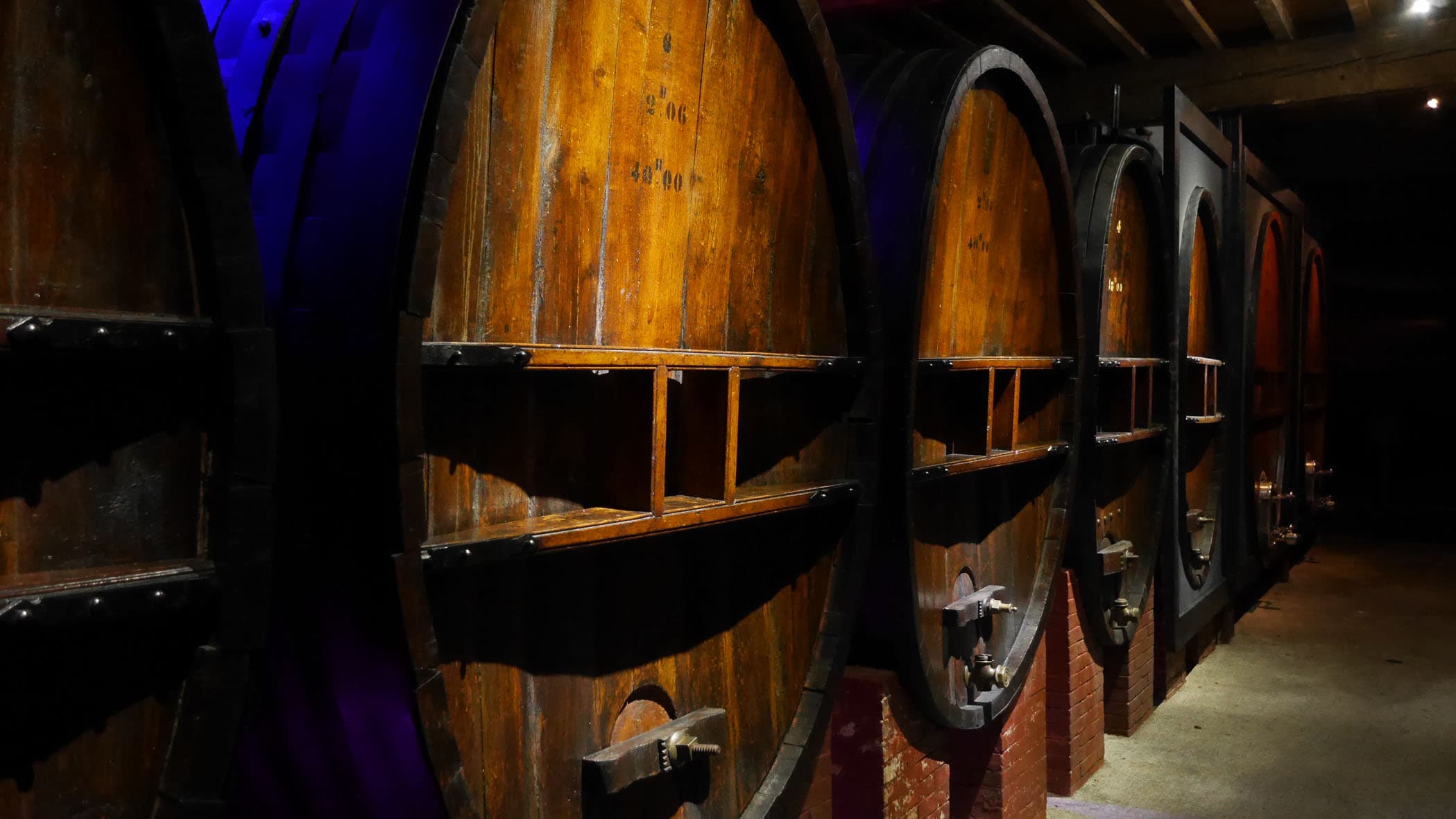THE PRODUCTION
RESPECT THE LIVING
Maison Guinot works in sustainable farming, taking into account environmental protection, living health and well-being, human, animal and plant. The central principle of sustainable agriculture is to limit phytosanitary treatments and optimize soil work.
This working method makes it possible to develop natural means to protect the vines and production. For example, the release of ladybugs, a natural predator of the red spider that spreads diseases.
First of all, Sébastien and his team are in charge of the new plantations. They are the result of an enlargement of our vineyards, classified in AOC terroir at 100%, or in renewal of old vines, which is done every 30 to 50 years.
The vine in November...
The vine, abandoning its foliage to the blaze of Autumn, settles in November in its winter rest. We prune the long branches (this is the pruning) and buttons the earth on the bottom of the vine stocks to protect them from the cold and promote the flow of winter water.
The vine in December...
The pruning work continues. Our team implements a strict pruning of 10 buds per foot, which limits production and promotes quality.
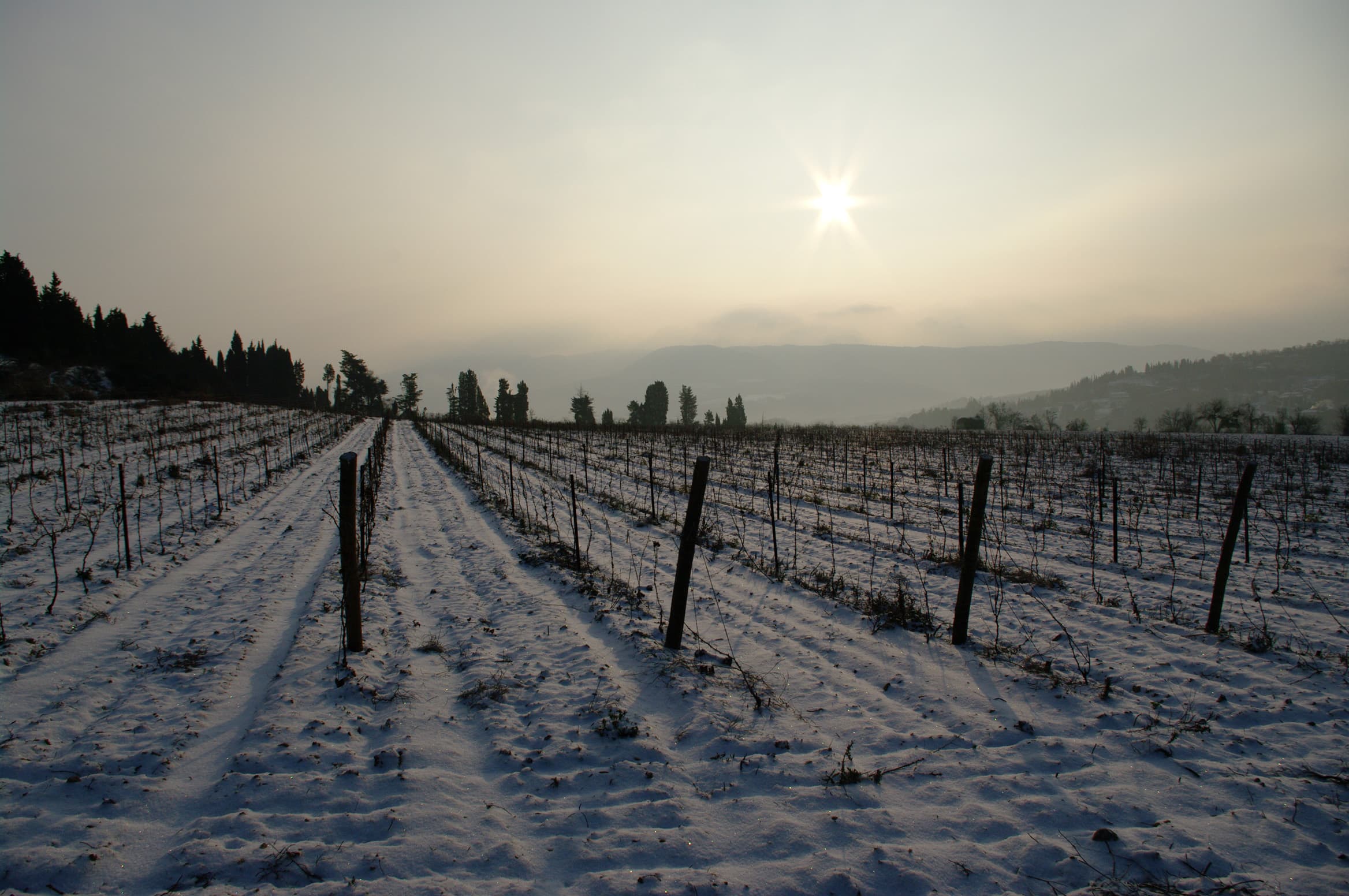
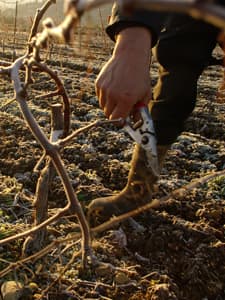
The vine in January...
Continued pruning ... again and again ... more than 150,000 vines are to be pruned, or more than a million pruning shears ...
Pruning, tools and soil work. In sustainable cultivation, we grind the branches from pruning. In addition, we are going to add natural organic fertilizers to promote the growth of vines.
The vine in March…
Finalization of the size. The old saying "pruning in March, harvesting mass"
The vine in April…
Trellising. Sébastien and his team work on wire, that is, they tie the vines horizontally on wire to maintain the branches.
In spring, the buds open and small leaves appear.
The vine in May…
Protection of the vineyard and suckering. To avoid the proliferation of parasitic plants, a second series of superficial tillage is carried out. It is also the time of the first sprays intended to protect the vine against diseases and parasites.
The vine in June…
Attachment, trimming and flowering. In the trellised vines, the winegrower "attaches" the vines, that is to say, he binds the young twigs against the wire. We also trim the twigs (or topping).
It is also at this time that the vine flowers and that the bunches are formed.
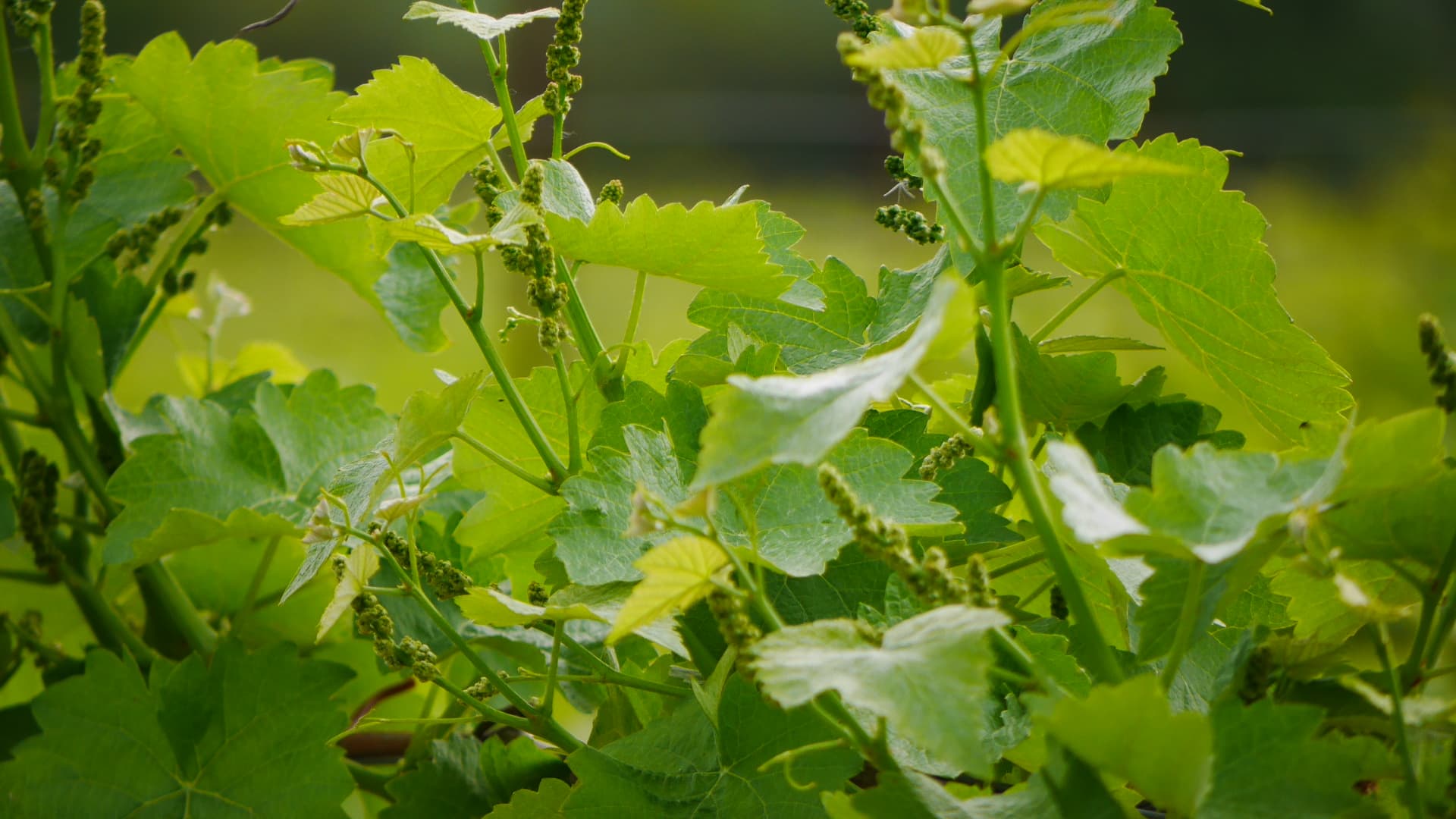
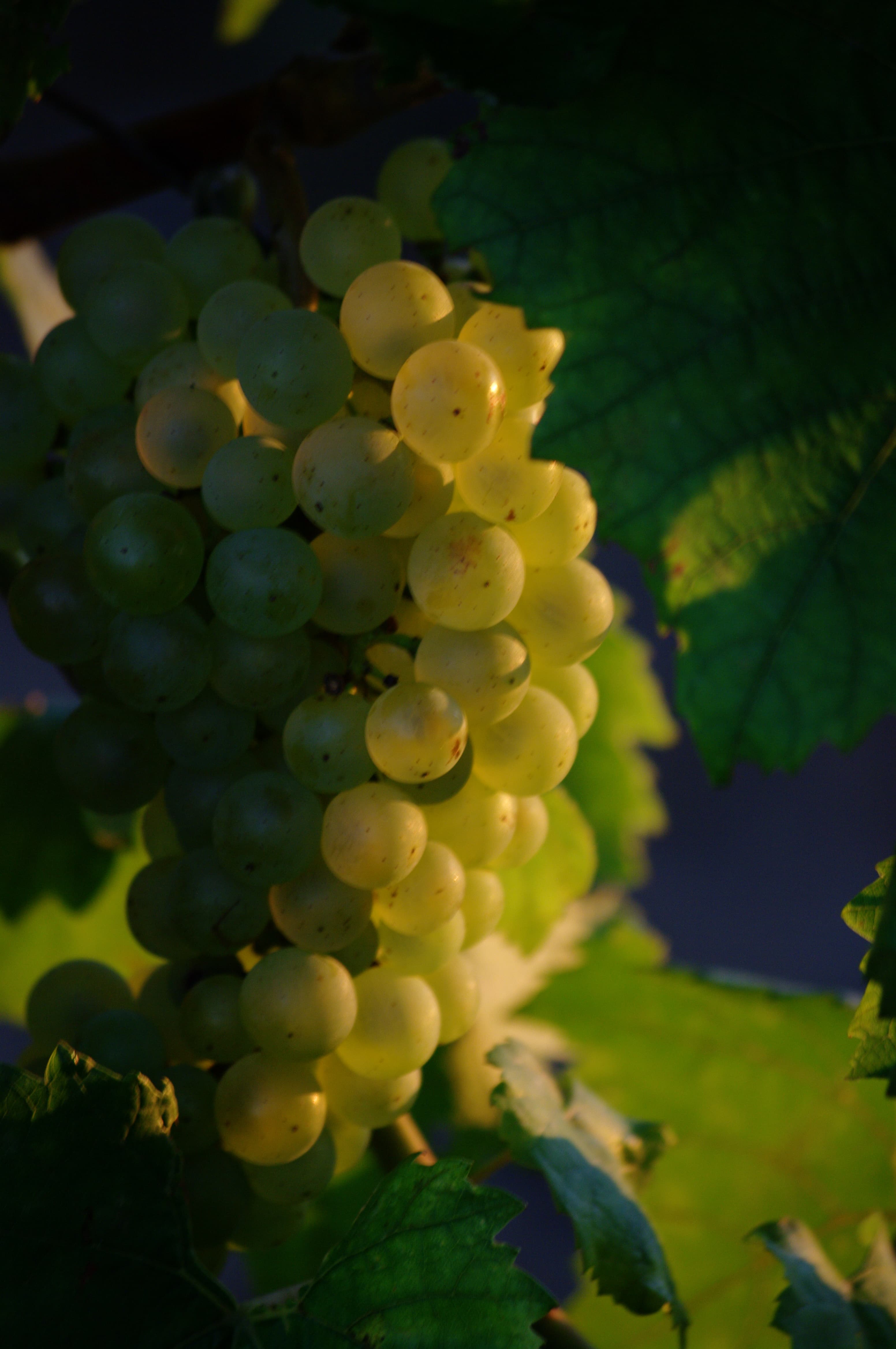
The vine in July-August…
Thinning and treatment against parasites. After flowering, the number and distribution of the clusters on the vines can be determined. In August, tillage allows insulation, avoiding excess evaporation.
The vine in August…
Monitoring of the ripening of the bunches and the start of the harvest. At the beginning of August, Sébastien and his team will closely monitor the degree of ripening of the grapes, by regularly taking bunches, in order to be able to fix the date of the harvest.
The vine in September and October...
Harvest. They take place at the end of August at the beginning of September, exclusively by hand for the AOC Crémant and Blanquette. Immediate pressing ... but this is another story. That of a long and meticulous vinification!
FROM VINE TO WINE
Spread over 28 hectares of vines located on our three estates around Limoux.
"Saint Jean","Taïch" and "Salle de Saint Polycarpe".
Thanks to these vineyards exclusively in Premier Cru, we produce Blanquette and Crémant de Limoux AOC, Still wines Chardonnay and Red Pinot, Merlot.
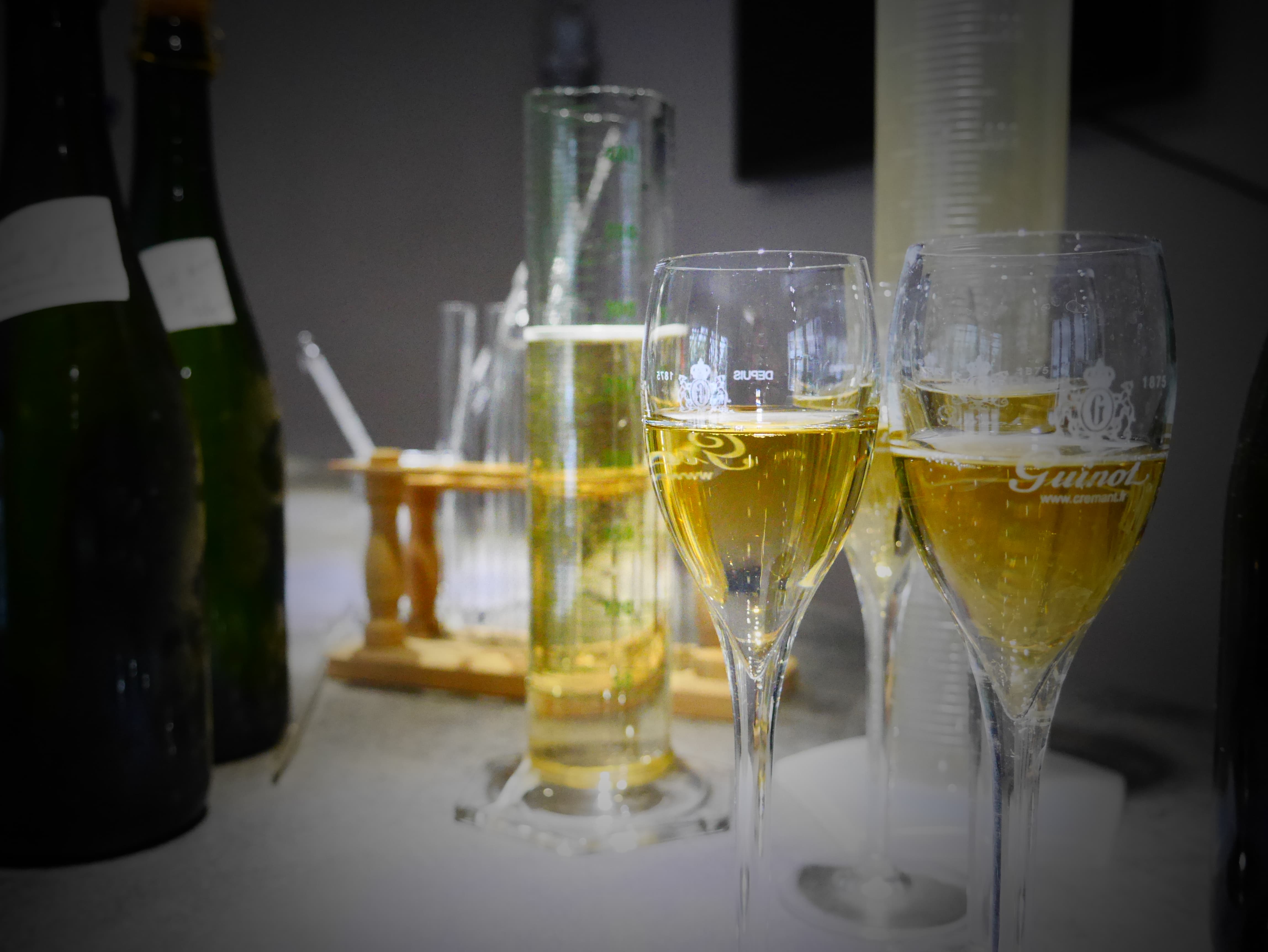
Bottling is therefore finally carried out: Natural yeasts do their job: The birth of the very aromatic bubble takes place during this second fermentation in the bottle.
This is the "Traditional Method". A long aging on "lees" and in the darkness and freshness of the cellar, for 2 to 5 years depending on the cuvées, will bring the best aromatic quality, great richness, a beautiful taste expression ... its personality.
Maison Guinot is committed to a Qualitative and respectful approach: work in "reasoned culture" in all stages of production of our wines, taking into account the environment and the quality of our production.
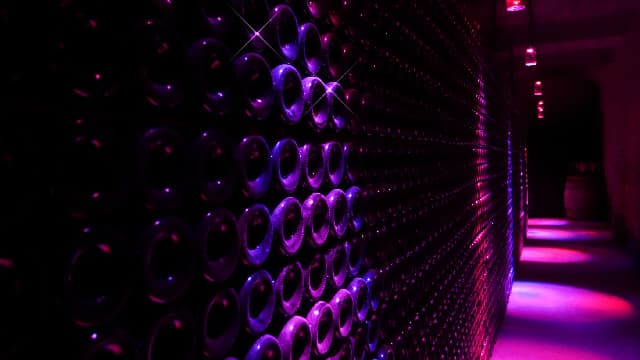
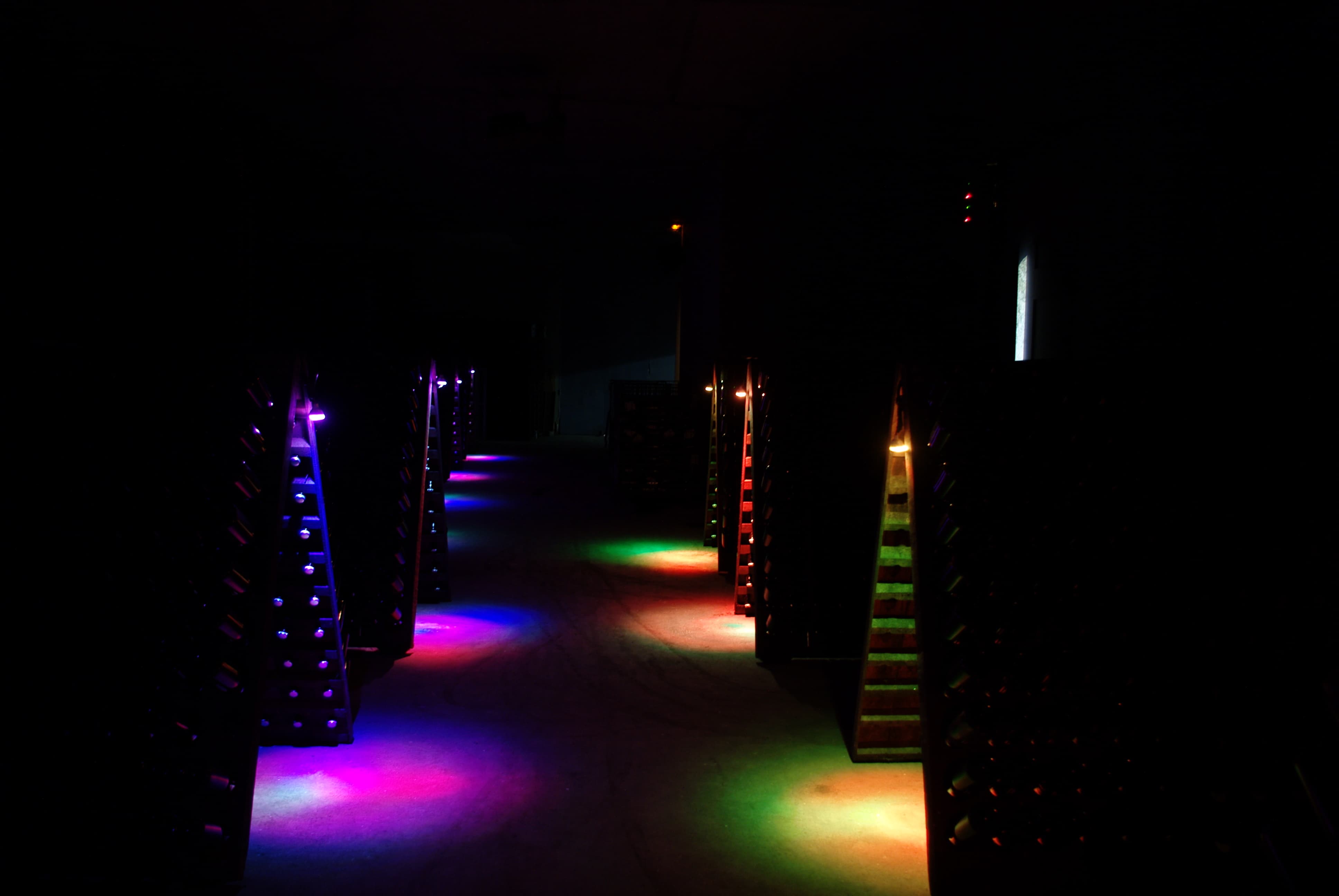
A few weeks before marketing, we proceed to "riddling". Wine merchants gradually lower the yeast deposit into the neck of the bottle: 30 days of riddling, at the rate of 1/4 of a turn per day, is necessary to concentrate this deposit in the neck of the bottle.
Probably the only ones in Limoux to practice manual riddling, which characterizes all the quality and tradition of our winemaking.
10,000 bottles turned per hour, 30,000 per day in our own cellars
Finally, the "disgorgement" (extraction of the deposit) will combine modernism and tradition. An automated system will reproduce the ancestral manual movement of the last century, to respect the high quality of our wines.
Maison Guinot maintains the authenticity of its production throughout these stages in the cellars in order to optimize the quality of the wines and cuvées.
The most beautiful dressing will finalize and represent all the know-how and the attention that we have brought to the creation of our cuvées.

All this rigorous work would not be possible without the intervention of passionate men and women !

